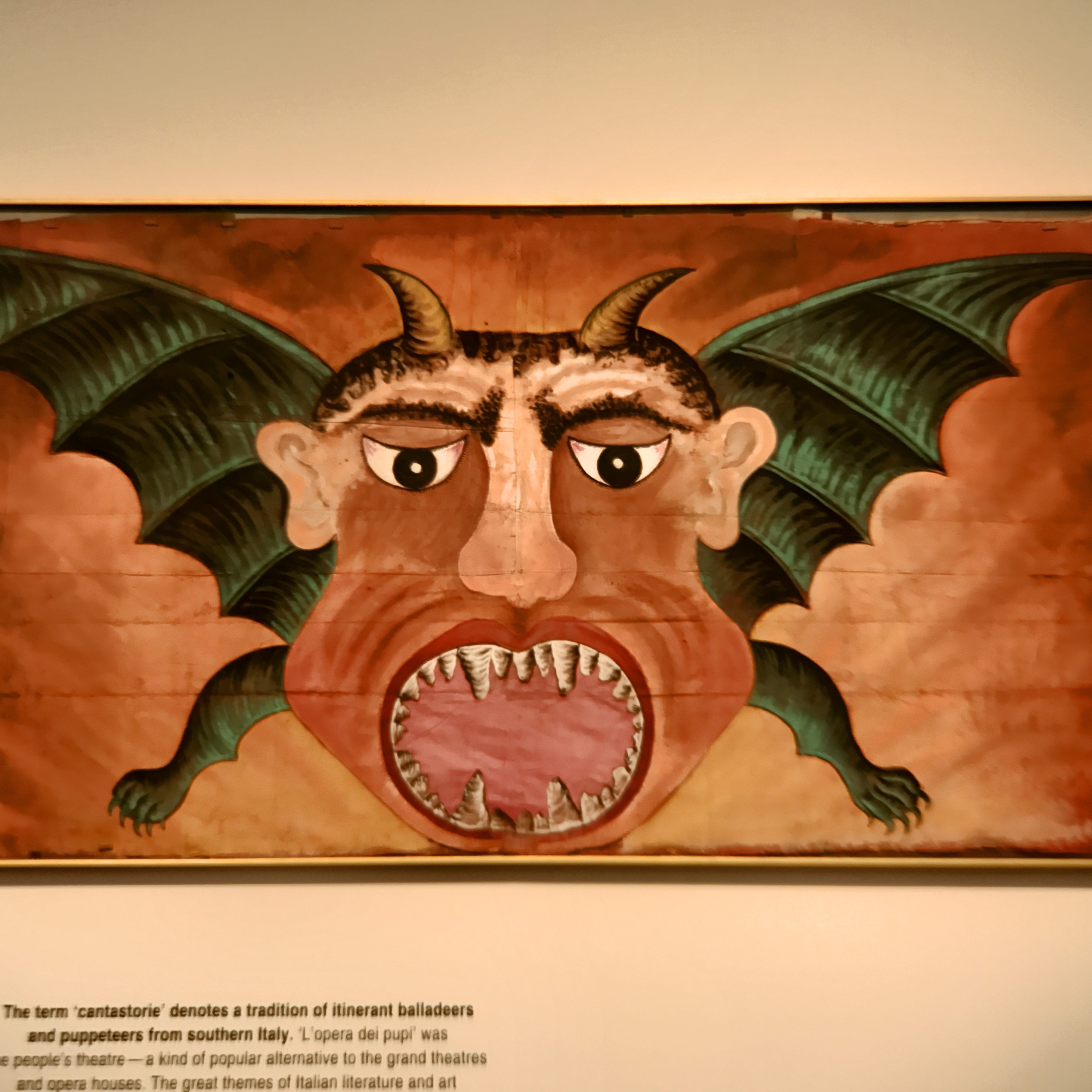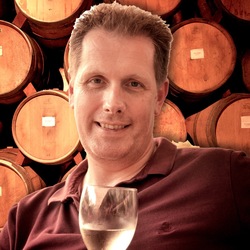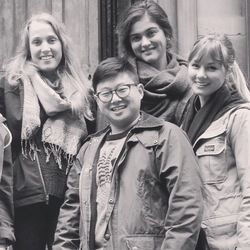Domaine Guillemard Clerc
Château d'Armailhac
Pauillac Red Bordeaux Blend 2008
Reminds me very much of Clerc Milon. Wonderful wine and very smooth. Lots of bouquet to this one. And still young at 2008. — 7 years ago
Guillemard-Pothier
Les Grèves Beaune 1er Cru Pinot Noir
A brilliantly adorned fine lady, draped, dressed casually yet spilling elegance where one might first be lured by her skin tones dripping burgundy and mysterious light-enhanced hues humorously then hauntingly holding insisting with her intoxicatingly spicy essence where each and every spin and twist insists that you pull her close embrace and taste each twirl each kiss each exchange deeper more sincere lasting dancing spinning gripping grabbing recklessly but gently casually slipping begging - do it again - whole lotta love - cheers🍷🌀🕶
PS all good stuff at PromiseLand Market (people, juice, food, groovy tunage, southern charm and local coastal vibe in quaint but sparkling Morehead City, NC. Don't miss it! — 8 years ago
Henri Clerc & Fils
Bâtard-Montrachet Chardonnay
Camarelused but not oxidised - almost a botrytis note - lovely — 9 years ago
Thierry Violot-Guillemard
Pommard Rugiens Premier Cru Pinot Noir 2005
This shows bright berry fruit, a stony character, and cashmere-refined tannins that get even finer and silkier with air. In other words it's basically a textbook Rugiens except with even sweeter, more accessible fruit than you'd expect at this stage in its life. This is really exhibiting the beauty of the 2005 vintage, that perfect fruit and refinement, but the surprise is that it's not even remotely shut down. It's fresher and friendlier than most of the more recent vintages. — 9 years ago
Thierry Violot-Guillemard
Le Cros Martin Volnay Pinot Noir 2010
Formidable ! — 10 years ago
Christophe Violot-Guillemard
La Vache Pommard Pinot Noir 2005
Could drink this all day. Fruit like crazy with subtle tannin and minerals and all other sorts of good stuff. Sit on it for 10-15 more years or drink now. — 10 years ago
Thierry Violot-Guillemard
Pommard Pinot Noir 2012
Deep garnet robe, light-medium body, spice notes, supple tannins, silky finish. Lilting Volnay elegance w/ Pommard backbone. #CaveauSelections — 10 years ago
Christophe Violot-Guillemard
Bourgogne Pinot Noir
2012 ちょうど飲み頃でうすうま — 10 years ago
Schweiger Vineyards
Dedication Spring Mountain District Cabernet Sauvignon Blend 2007
Château Figeac
St. Émilion Red Bordeaux Blend 1995
Very enjoyable and drinkable now. Brighter red fruit notes compared to the 96 clerc milon; softer tannins; longer finish — 12 years ago
Thierry Violot-Guillemard
Pommard-Epenots 1er Cru Pinot Noir 2013
Bouquet reminds me of a cassis throat lozenge. Rich cherry fruit up front that also reminds me of a Smith Bros. throat lozenge, with strong tannins and a long finish. — 7 years ago
Guillemard-Pothier
Bourgogne Hautes-Côtes de Beaune
Cherry vanilla notes on the front of the pallet with citrus notes on the back. A light, fruity wine — 8 years ago
Varichon & Clerc
Cuvée Privée Chardonnay
Maintains bubbles well. Delicious on its own or as a cocktail mixer. — 8 years ago
Louis Clerc
Côte-Rôtie Syrah
Vin de fou complexe a souhait bravo martin — 8 years ago
Domaine Guillemard Clerc
Puligny-Montrachet Elegance 2011
Nice puligny montrachet. Grape fruit with lemon attack. Fresh lingerling flavor. — 9 years ago
Dominus Estate
Dominus Napa Valley Cabernet Sauvignon Blend 2000
Really need to give time to decant. 2+ hours. Velvety soft structure but still hints of the youthful power. Reminiscent a Clerc-Milon — 10 years ago
Henri Clerc
Bourgogne Les Riaux Chardonnay 2011
Delicious. — 10 years ago
Varichon & Clerc
Privilège Dry Rosé Blend
Lovely. Sweet. A bit sticky. — 10 years ago
Louis Clerc
Condrieu Viognier 2011
2011. Nose is insane — 11 years ago
Château Léoville Barton
Saint-Julien Red Bordeaux Blend 1996
Still huge. Can age another 5-10 yrs and will be more well integrated. Tannins were big. It outshone the clerc milon. — 12 years ago
Varichon & Clerc
Blanc de Blancs Cuvée Tradition Brut Chardonnay
This is the sparkling wine drank by the Ricketts Family when the Cubs won the NLCS and were going to the 2016 World Series. — 7 years ago
Château Brane-Cantenac
Grand Cru Classé en 1855 Margaux Red Bordeaux Blend 2005
I have a six-pack of this 05. I thought after 10 years in bottle, it would be interesting to check in on its evolution. While tasty, I’ll wait another 8-10 to open another. Even after 2-3 hours in the decanter, it’s still a very young adolescent. On the nose, slightly sour blackberries & dark cherries, dark currants, baked black plum, haunting blue fruits, anise, whiff of spice, steeped tea, dry stones, dry crushed rocks with dry top soil, caramel, vanilla with fresh & dry red florals. The body is thick & full. Tannins are starting to round out. It’s velvety on the palate. The fruits are; bright, fresh & ripe and really show the greatness of the 05 vintage. Dark currants, blackberries, dark cherries, baked black plum, haunting blue fruits, baked strawberries, cherries, raspberries on the long set, dark spice, clay & loamy dry top soil with crushed rocks, dry stones, cigar with ash, graphite, dry stems, slight herbaceous character, mint, used leather, clove, caramel, vanilla, fresh & dry red florals with violets. The round acidity is about perfect. The structure and length are still strong. The balance is in harmony. As for the long finish, it’s lush, ruby, rich and well polished. Photos of; Chateau Brane Cantenac, large wood vats, Henri Lurton and Estate vines. Producer notes and history...Chateau Brane Cantenac began in the early 17th century. At the time, the estate was known as Domaine Guilhem Hosten. Even that far back, wine was produced from the property. In fact, the wine was so highly regarded it was one of the more expensive wines in Bordeaux. It sold for almost as much money as Brane Mouton. This is interesting because of who went on to buy the vineyard in the 1800’s. The Baron of Brane, also known as “Napoleon of the Vineyards”, purchased the Chateau in 1833. At the time of the sale, the estate was called Chateau Gorce-Guy. To get the funds needed to purchase the Margaux vineyard, the Baron sold what is now called Mouton Rothschild, which was at the time of the sale, known as Chateau Brane-Mouton. Not such a good move with hundreds of years in hindsight! In 1838, the Baron renamed property taking his name and the name of the sector where the vineyards were located and called it Chateau Brane Cantenac. The Chateau later passed to the Roy family, who were well-known in the Margaux appellation in those days, as they owned Chateau d’issan. Moving ahead to 1920, the Societe des Grands Crus de France, a group of merchants and growers that owned several chateaux located in the Medoc including; Chateau Margaux, Chateau Giscours, and Chateau Lagrange in St. Julien, purchased Chateau Brane Cantenac. Five years later, M. Recapet and his son-in-law, François Lurton, took over Brane Cantenac along with Chateau Margaux. Lucien Lurton (the son of François Lurton) inherited Brane Cantenac in 1956. Today, the estate is still in the hands of the Lurton family. Brane Cantenac is owned and run by Henri Lurton. After being given the responsibility of managing Brane Cantenac, it was under the direction of Henri Lurton that large portions of the vineyard were replanted. Vine densities were increased, the drainage systems were improved and the plantings were also, slowly changed. The vineyard of Brane Cantenac is planted to 55% Cabernet Sauvignon, 40% Merlot, 4.5% Cabernet Franc and .5% Carmenere. Carmenere was used for the first time in the 2011 vintage. The only other Chateau I know that still uses Carmenere is Clerc Milon. The 75 hectare Left Bank vineyard of Brane Cantenac is essentially unchanged since it earned Second Growth status in the 1855 Classification. At least that is the case with the 45 hectares used to produce the Grand Vin of Brane Cantenac. Those 45 hectares are planted surrounding the Chateau. Those vines are located just in front of the Cantenac plateau and are the best terroir that Brane Cantenac owns. They have other parcels, which are further inland and much of those grapes are placed into their second wine, Le Baron de Brane. Those additional hectares can be divided into 3 main sections. Behind the Chateau, they have 15 hectares of vines on gravel and sand, 10 hectares across the road with sand, gravel and iron and a 13 hectare parcel with gravel called Notton, which is used for their second wine. The vineyard is planted to a vine density that ranges from 6,666 vines per hectare on the plateau and up to 8,000 vines per hectare for the vines located behind chateau, in their sandier soils. The higher levels of vine density are always found in the newer plantings. The terroir of Brane Cantenac consists of deep gravel, sand and clay soil. Experiments in the vineyards are currently looking at becoming more organic in their vineyard management. Today, more than 25% of Brane Cantenac is farmed using organic farming techniques. It is expected that over time, the amount of hectares farmed with organic methods will be increased. Brane Cantenac has gone through 2 relatively recent modernization’s in 1999, when they added began adding the first of their smaller vats to allow for parcel by parcel vinification and then again in 2015 when they completed a much more complete renovation of their cellars and vat rooms. While Brane Cantenac is a traditional producer, they are no stranger to technology as they were one of the first estates to embrace optical grape sorting machines. In very wet vintages, they can also use reverse osmosis. To produce the wine of Chateau Brane Cantenac, the wine is vinified in a combination of temperature controlled, traditional, 22 oak vats, 18 concrete tanks and 20 stainless steel vats that vary in size from 40 hectoliters all the way up to 200 hectoliters, which allows for parcel by parcel vinification. 40% of the fermentation takes place in the oak vats. The oldest vines are vinified in vats that are selected to allow for separate parcel by parcel vinification. The younger vines are vinified more often together in the same vats. However, the Carmenere is entirely micro-vinified, meaning that those grapes were completely vinified in barrel, using micro-vinification techniques. This can also happen because the amount of grapes produced is so small. Some vats can be co-inoculated, meaning they go through alcoholic fermentation and malolactic fermentation simultaneously. At Chateau Brane Cantenac, malolactic fermentation takes place in a combination of French oak tanks and barrels. The wine of Brane Cantenac is aged in an average of 60% new, French oak barrels for 18 months before bottling. The initial 2 months of aging is done with the wine on its lees, which adds more depth to the wine. There second wine is Le Baron de Brane. Le Baron de Brane is not new. In fact, previously, the second wine went under the name of Chateau Notton, which took its name from one of the main parcels where the grapes were planted. During the late 1950’s and into the 1960’s, having a second wine was important as the estate declassified 3 vintages, due to extremely poor, weather conditions in 1956, 1960 and 1963. Production of Chateau Brane Cantenac is about 11,000 cases per year. — 7 years ago

Thierry Violot-Guillemard
Les Maison-Dieu Bourgogne Pinot Noirien 2011
Well balanced. Very good. — 10 years ago
Henri Clerc & Fils
Vieilles Vignes Pouilly-Fuisse Chardonnay
2011
Marvellous body. — 10 years ago
Henri Clerc
Bourgogne Pinot Noir 2011
Always a staple in my collection. — 10 years ago
Marco Abella
Clos Abella Priorat Carignane Blend 2003
98 clerc milion is good — 11 years ago
Henri Clerc & Fils
Vieilles Vignes Puligny-Montrachet Chardonnay 2009
Simply amazing! — 12 years ago














Justin M
Beautiful fruity foretaste — 7 years ago